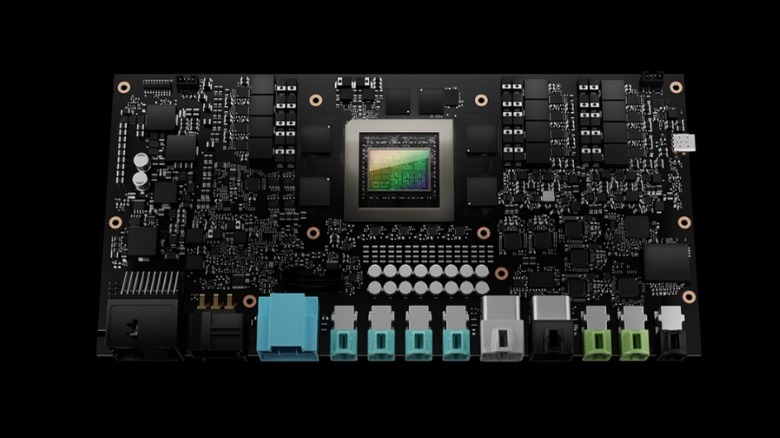The Unexpected Green Consequences Of Self-Driving Cars
Self-driving cars have become a hot-button topic in recent years, as the potentially-revolutionary technology rides the EV flow into our garages. Self-driving technology is lauded by proponents as tech that will make roads safer for everyone. However, the other side of the argument sees the glaring, sometimes devastating, flaws, where there is more trepidation.
Whether you're for or against self-driving cars, it's easy to see the attraction. According to a study by the NHTSA, 94% of motor vehicle accidents surveyed were attributed to the driver, so perhaps removing humans from behind the wheel will reduce the likelihood of traffic accidents.
Regardless of whether or not self-driving vehicles are the solution to road-traffic accidents, auto-makers don't seem to be planning to stop development of the technology any time soon. Research out of MIT, however, seems to suggest that self-driving vehicles may detract from the low-emissions aspirations of EVs, thanks to the high energy demands of the on-board computers used to compute self-driving data.
Low-emissions vehicles with high-emissions computers
A new study conducted by researchers at MIT compares the emissions caused by the computing needed for autonomous vehicles to that of data centers. If you've never looked into the greenhouse emissions released by data centers, you might be a little alarmed by what you find. According to Climatiq, watching just 30 minutes of Netflix can result in CO2 emissions equivalent to driving 3.7 miles in a gasoline-powered car.
The MIT study, which used statistical models to predict outcomes, found that 90% of the time, unless computational power usage is kept under 1.2 kW, the emissions of autonomous driving would dramatically exceed that of data centers. The researchers found that "1 billion autonomous vehicles, each driving for one hour per day with a computer consuming 840 watts, would consume enough energy to generate about the same amount of emissions as data centers currently do."
Currently, vehicles account for around 27% of U.S. greenhouse gas emissions, according to The EPA.
According to The Alternative Fuels Data Center, an electric vehicle causes around 22% of the annual emissions of a similar gasoline-powered vehicle, meaning the increase in emissions from self-driving computing should still come out as a net positive as EVs start to occupy more of the consumer vehicle market share. Still, creating more efficient self-driving cars — thereby extending range and reducing pollution — should be a priority for auto makers.

